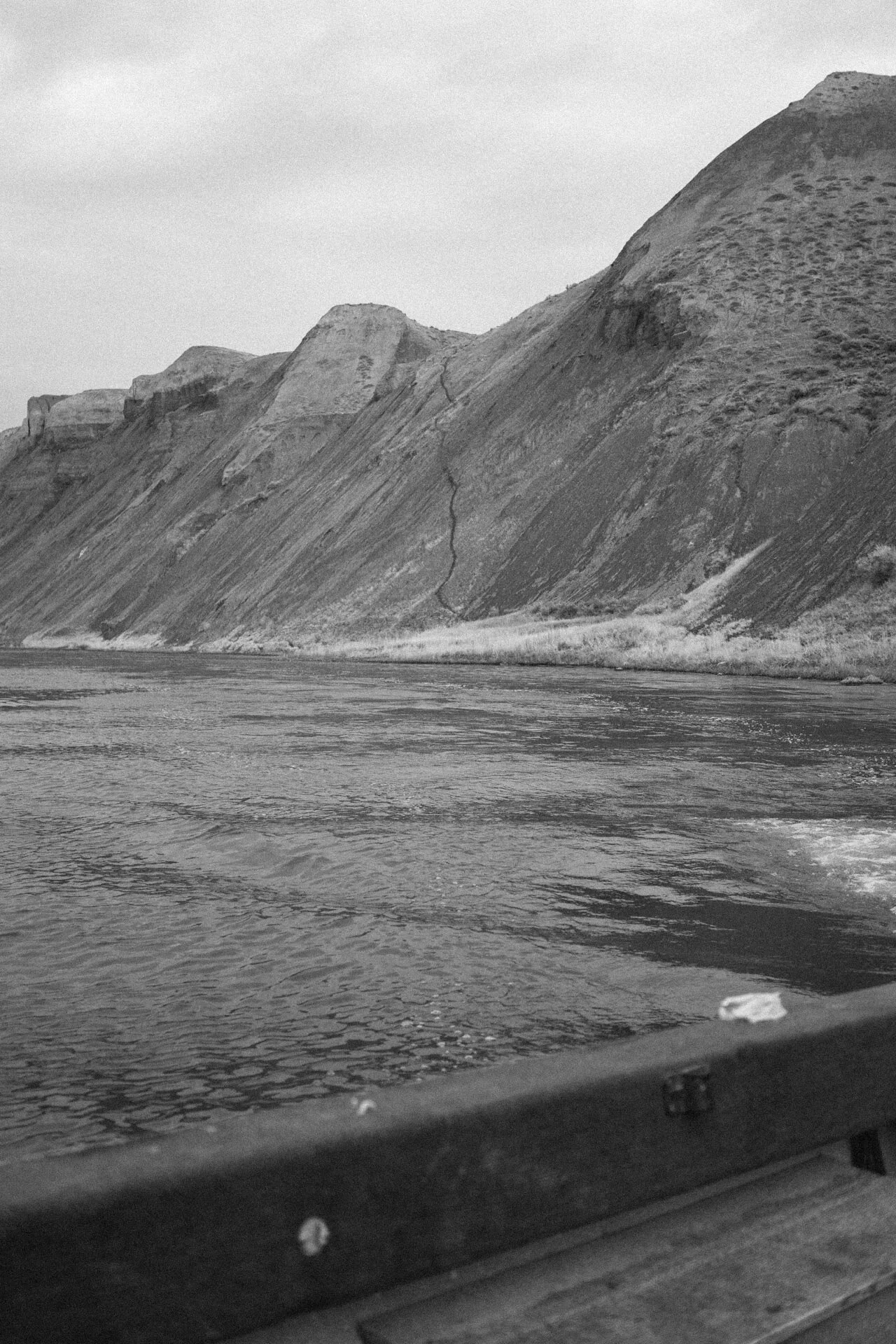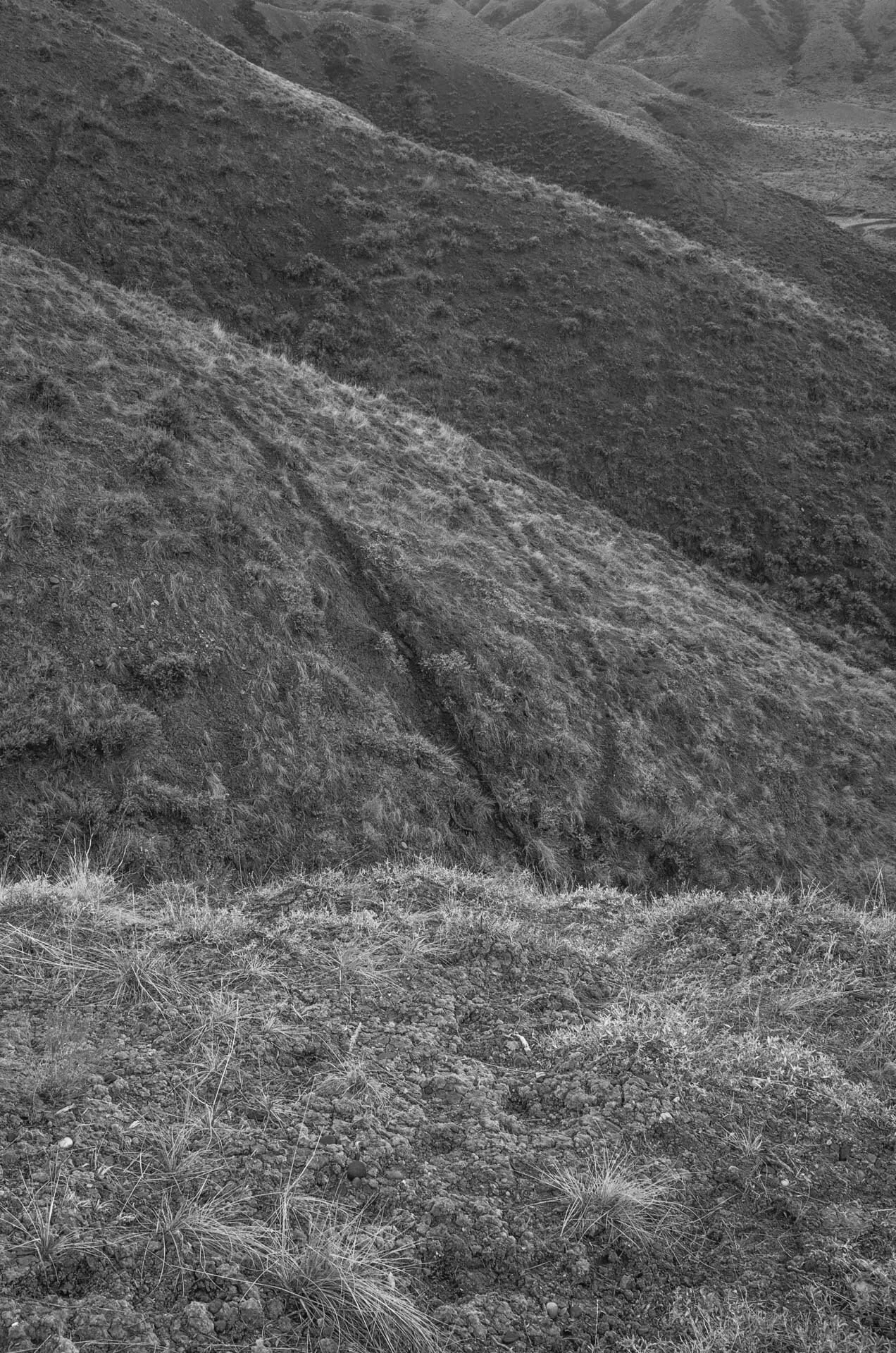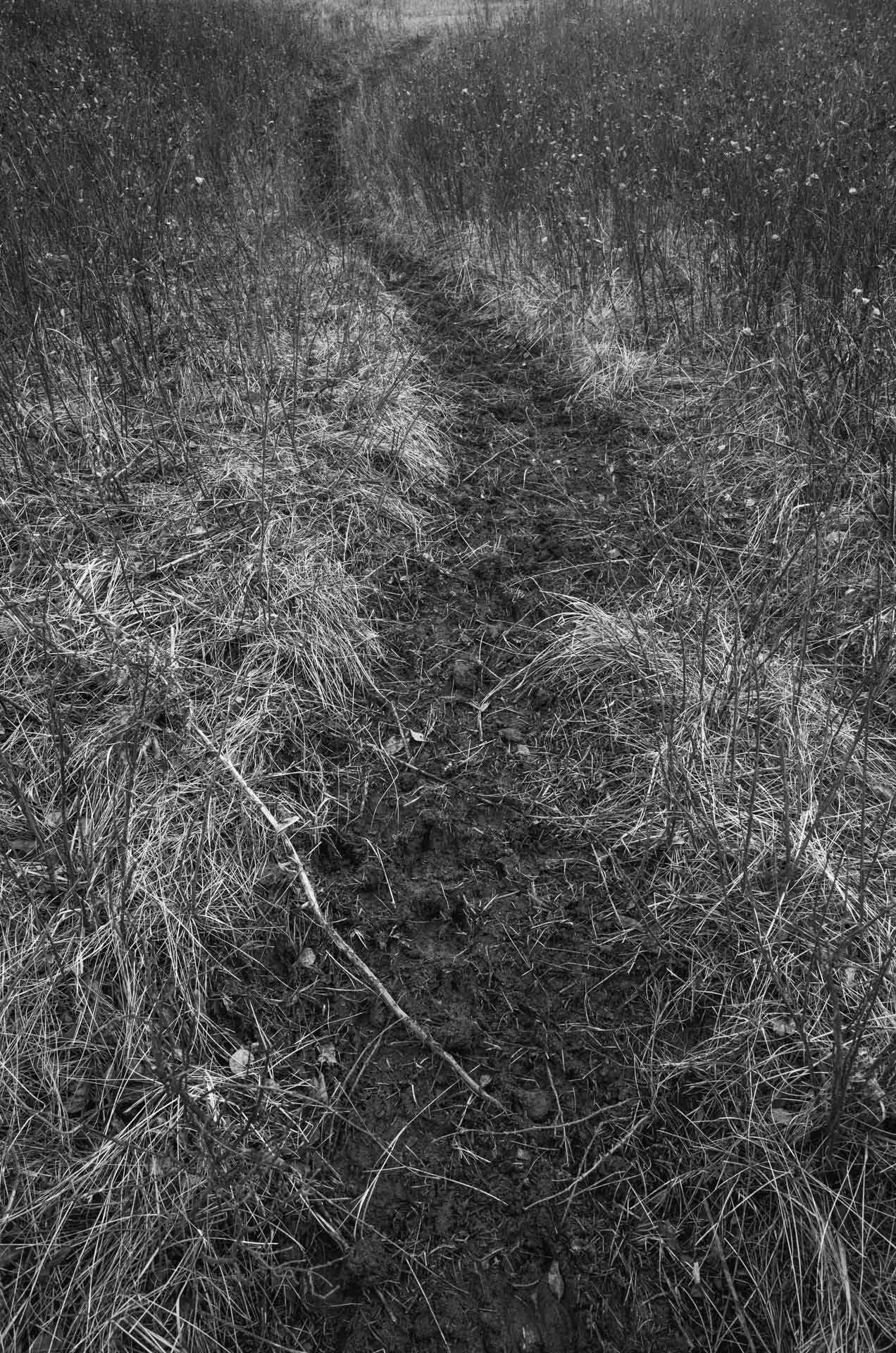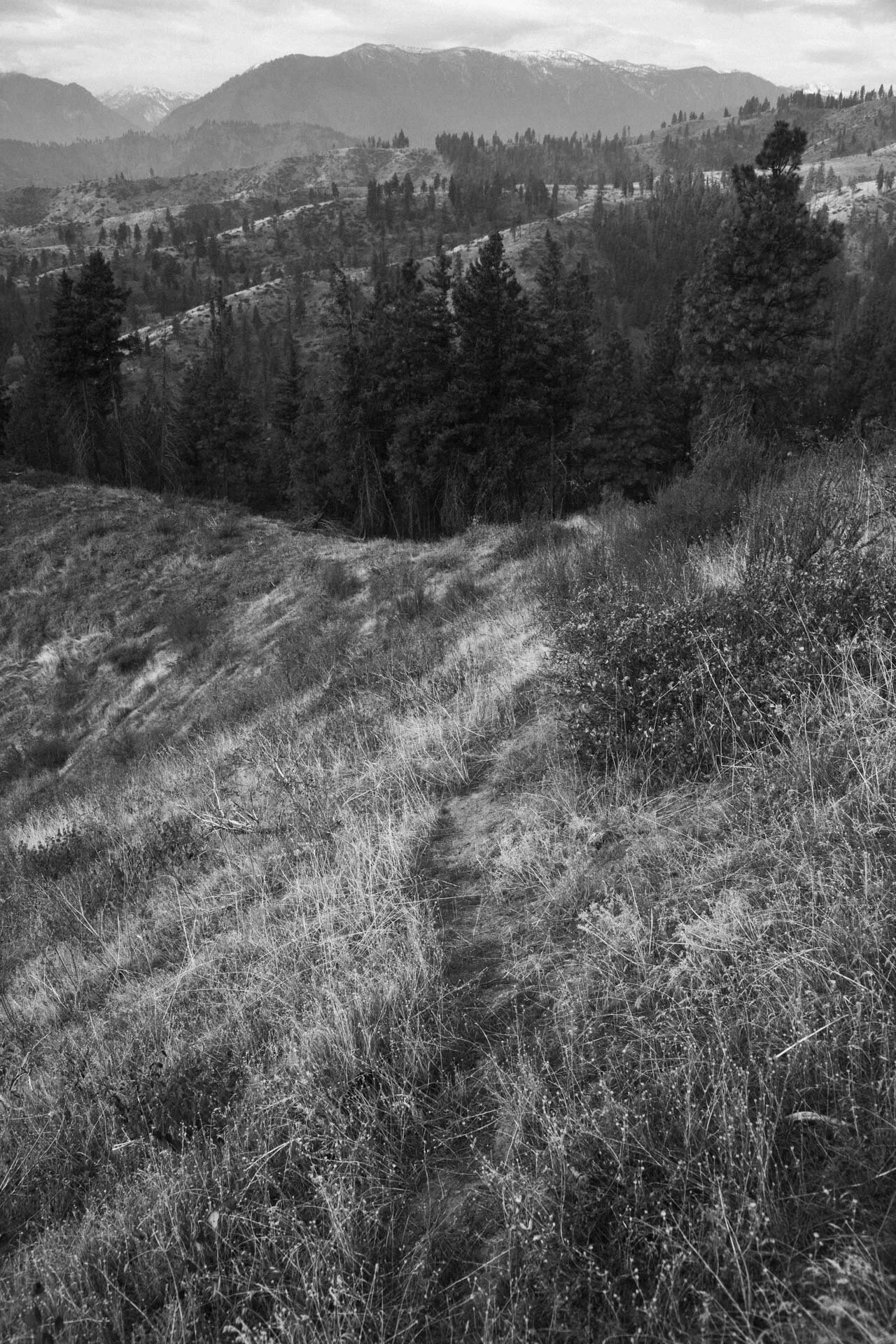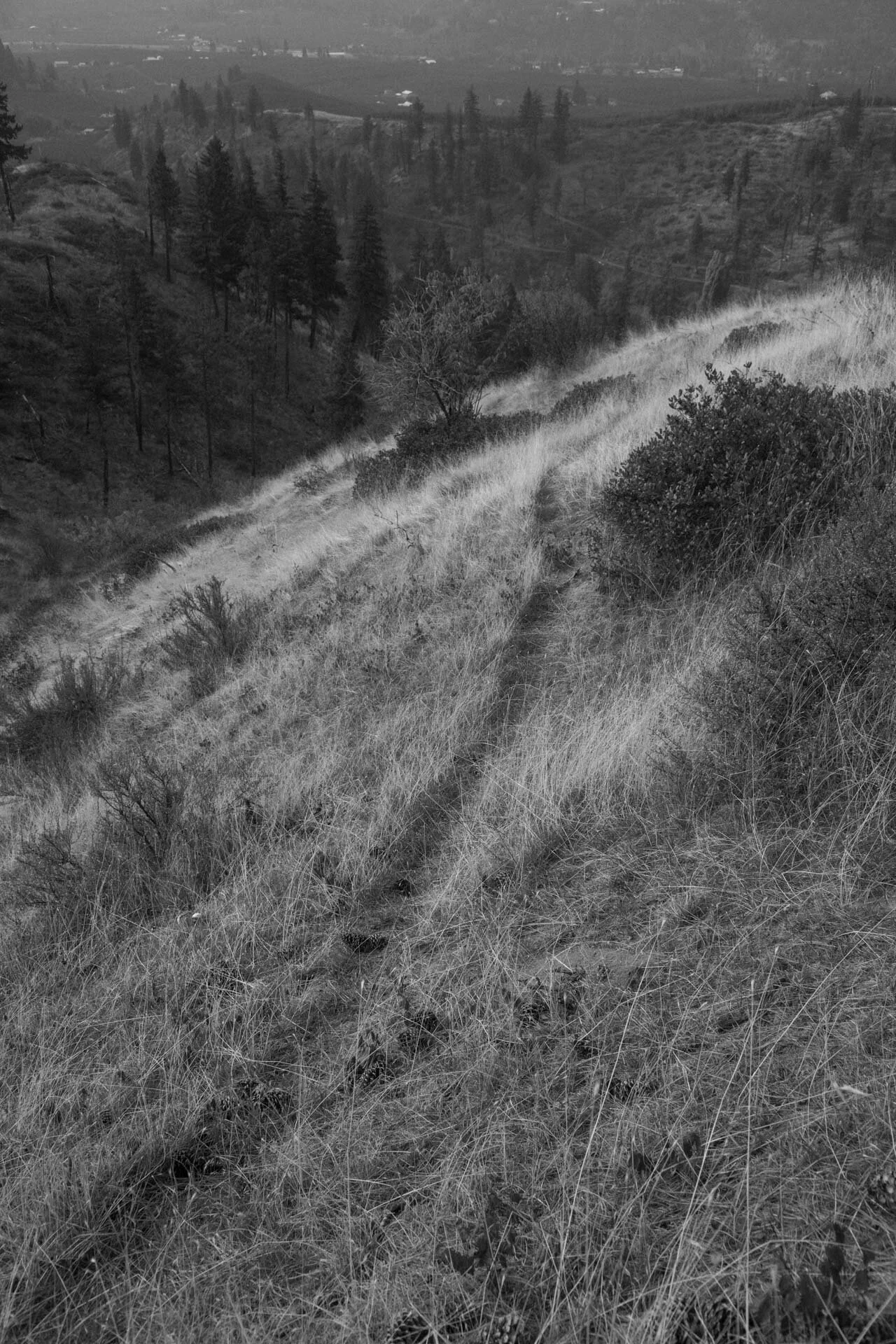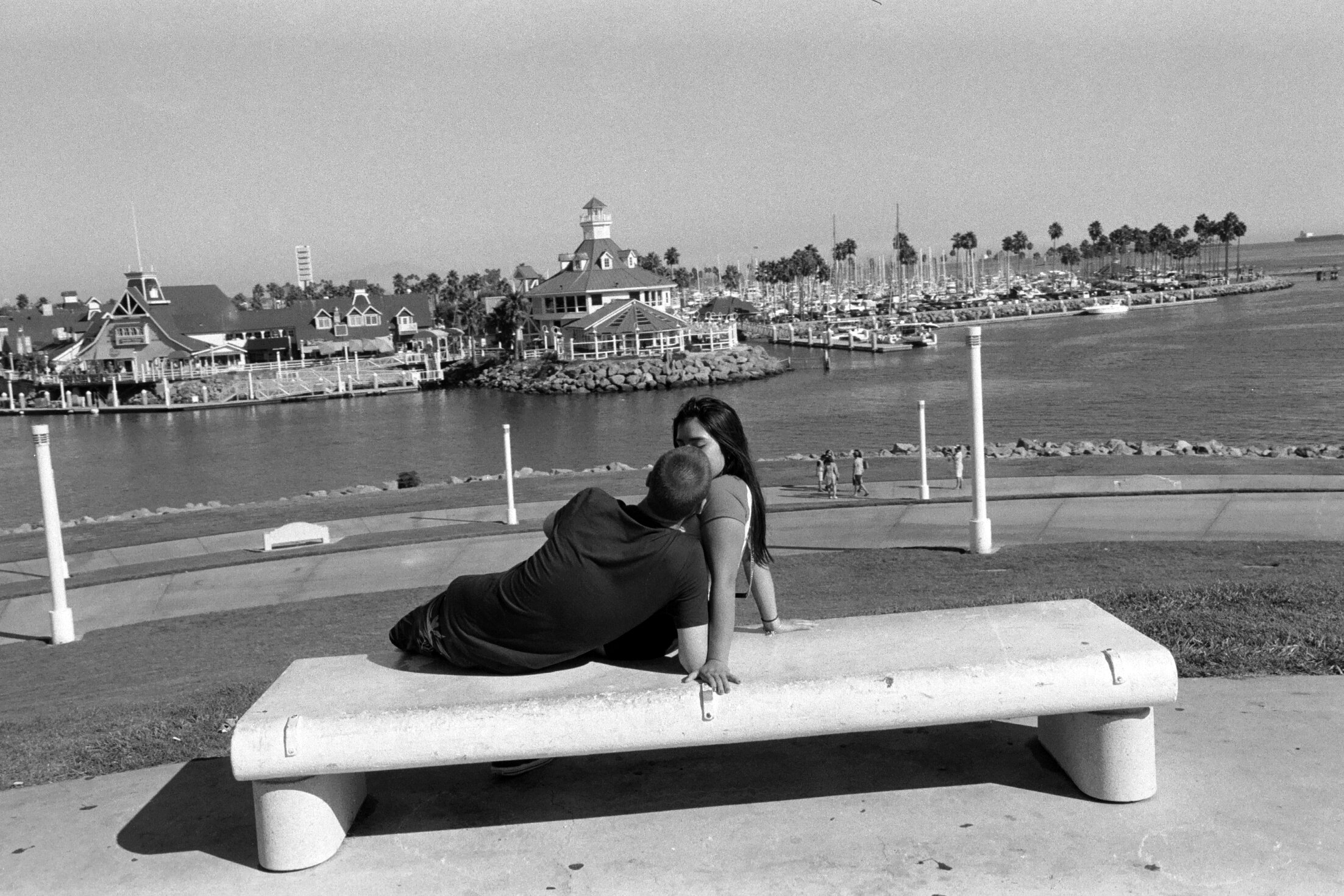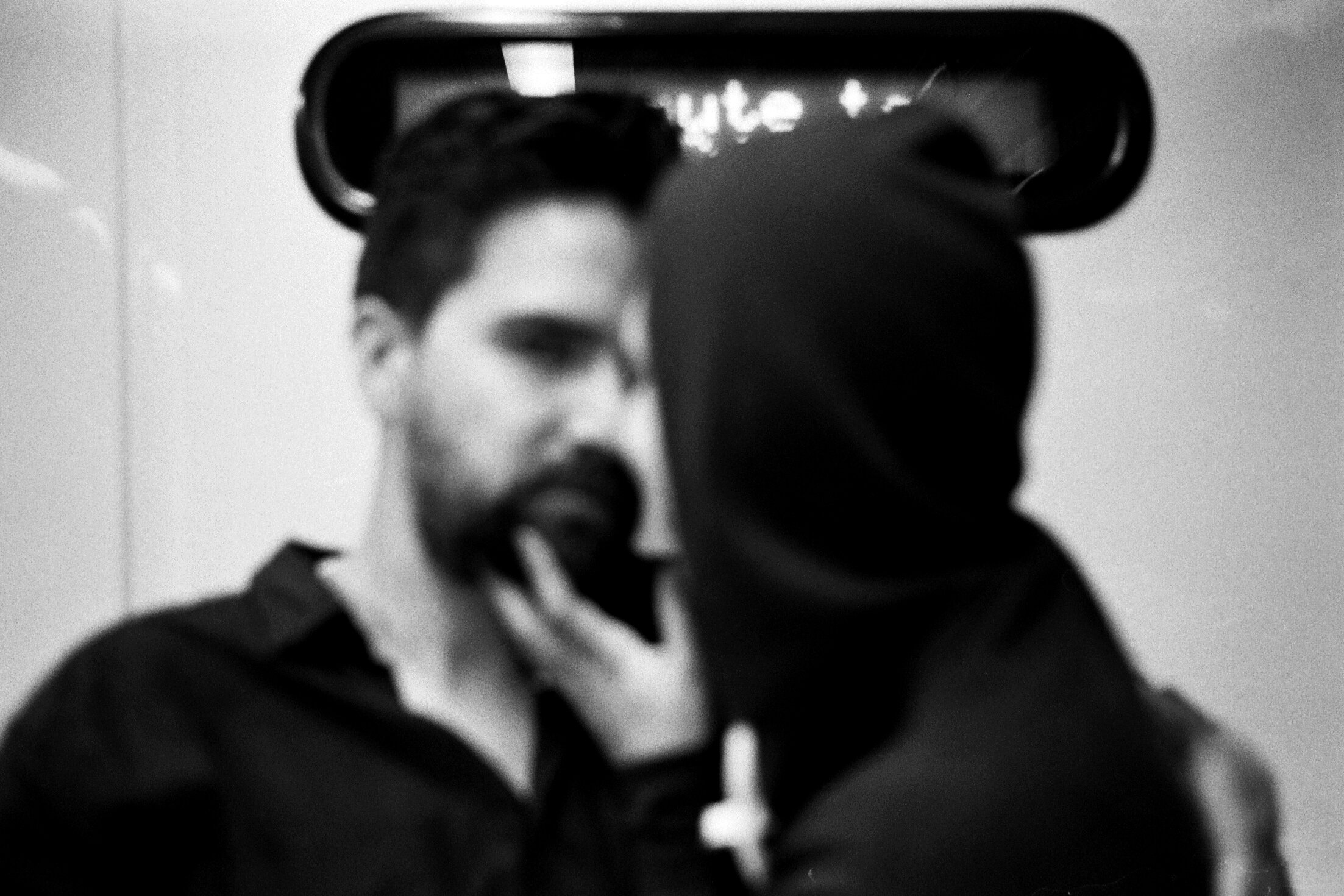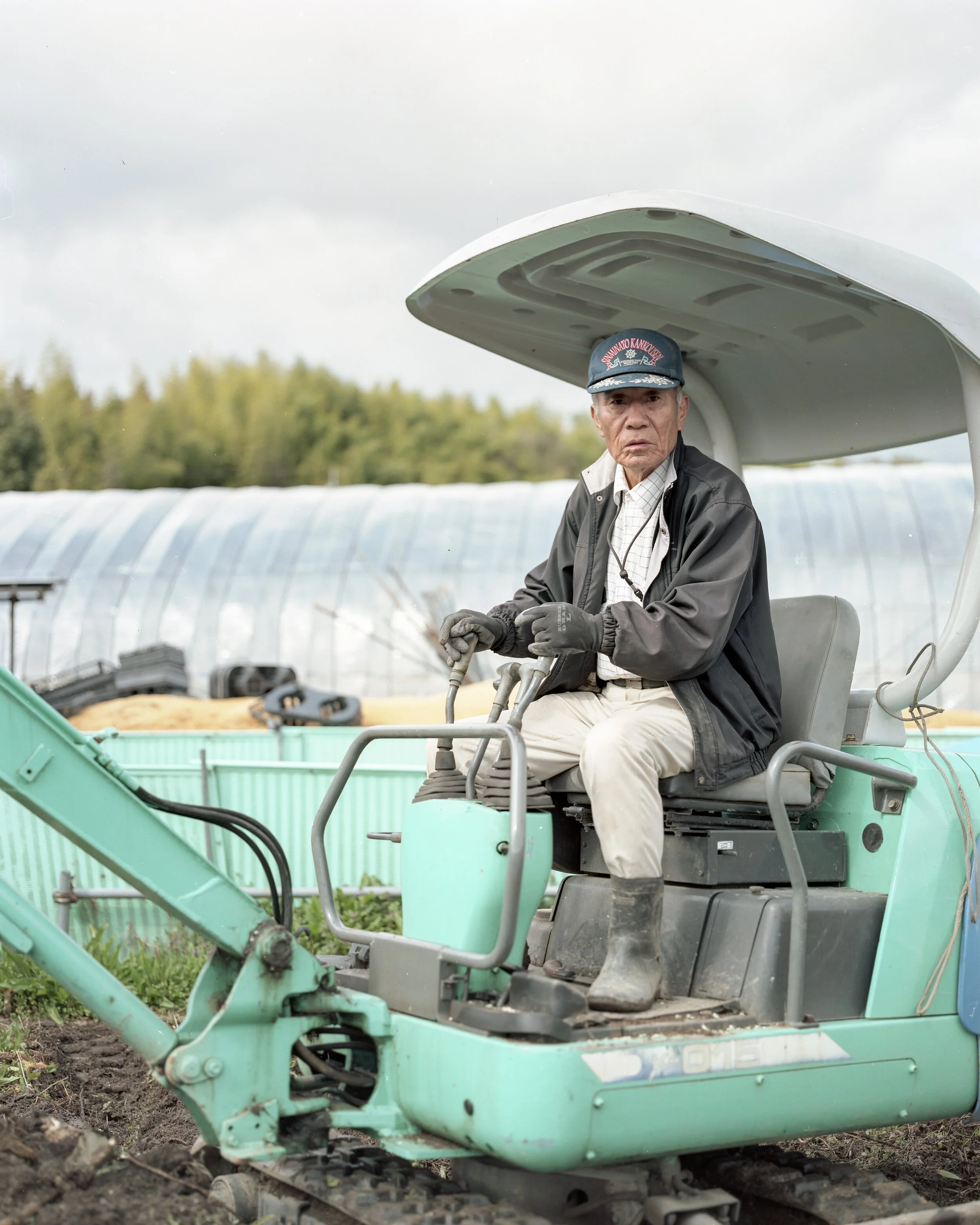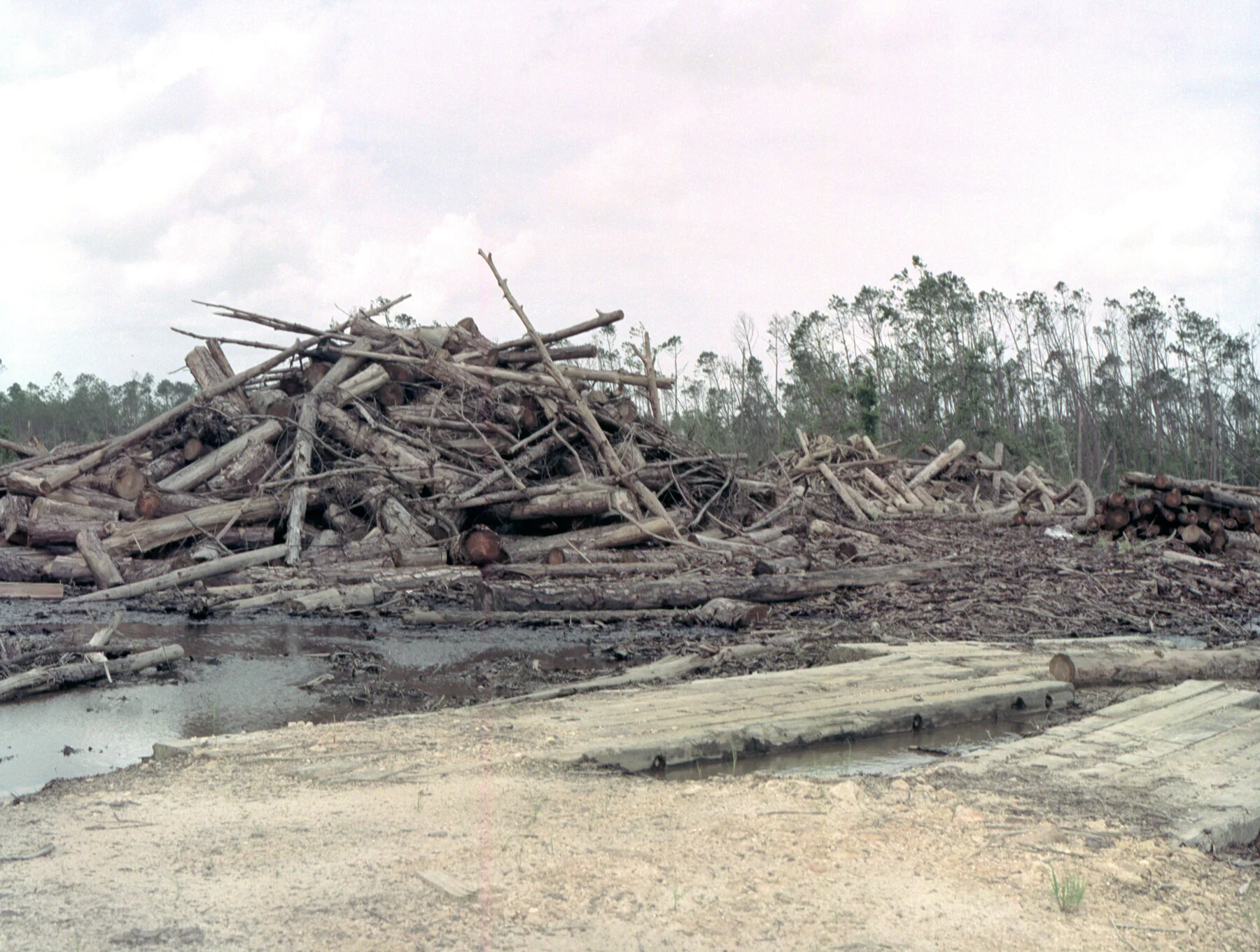Becoming an American: Adrian Otero Vila (AOWS)
PC: Adrian Otero Vila
Andrew D. McClees (ADM): For those who aren't familiar with you, or your photographic work could you please introduce yourself, and give a quick overview of your work?
Adrian Otero Vila (AOV): I'm Adrian, a Spanish-American full-time photographer. I create black and white images of scenes that leave me in awe, with this work I try to pass along that same emotion to whoever is looking.
ADM: In your preliminary description you state that "Becoming an American" is, in broad strokes about your personal experience picking up and moving to America from Europe - What did you find was your experience moving to america, and how do you find that that experience was documented or captured in your photographs?
PC: Adrian Otero Vila
AOV: America is so present in our culture that I think most people (from other countries) have some preconceptions about it before even setting foot here. That included me when I moved to the US a few years ago. I had an idea of what I was going to find, and for a little bit, it was pretty accurate. It wasn't until I moved to Oregon that I discovered "the West". There, and away from everything and everyone I knew, I found freedom and peace. Those vast and remote landscapes gave me a sense of loneliness I never knew I needed. The rainforest of Washington, the coast of Oregon, the magnificence of the Rockies in Montana, the deserts of the SW... they were so incredible that I couldn't help it but to capture what I was seeing. At this early stage in my photography, I had no idea what to do with those images besides sharing them with family and friends, and later on Instagram. I felt I had to do it, though, and that created the spark that made me quit my job and become a full-time photographer. Those images are now part of my new book, "Becoming an American", and together, they tell my story, what I saw and the places and experiences that made me who I am today (for better or for worse).
PC: Adrian Otero Vila
ADM: Per your description, this book is a private photodiary, not initially meant for public consumption - what was the impetus to release the book to the public?
AOV: Over the years, I realized that the most rewarding aspect of sharing my photography is that many people find it inspiring, and it helps them in their own creative journey.
With "Becoming an American", I wanted to share what's behind my photography, a window to a period of my life that changed so much. Hopefully, it will inspire others not only to share their journey, but to embark themselves in a similar adventure.
PC: Adrian Otero Vila
ADM: Following that up, what was the assembly of the book like for you? Was there a specific "click" moment when the book came together for you while selecting images for it? or did you know from the outset the book would take a specific sequence or form (even if it may not initially have been aimed at the public)?
AOV: I started working on an initial draft of the book almost 4 years ago, from a selection of around 100 photographs. I laid the book out and actually printed out that first version. I kept looking at it and reorganizing the images for weeks, but I ended up putting the project aside.
I kept taking photographs, and when I felt like one might work for this project, I'd add it to the original selection. I ended up with several hundred photographs. It wasn't until last year when I decided to go through them and came up with a collection of 88 images that finally felt *complete*. Now, I had all the pieces I was missing before.
PC: Adrian Otero Vila
ADM: When going through the book, you periodically intersperse written narrative or recountings alongside the photos - what was your inspiration for including text, and at what point did you incorporate it? Was it always part of the plan for the book?
AOV: Definitely not. I decided to include them as I was putting the book together. There are almost a hundred images in the book, so I thought that a few breaks in between would be good for the reader / viewer, plus it'd help giving some context to the images.
PC: Adrian Otero Vila
ADM: Your standard (the majority of what I've seen on your IG) photo aesthetic leans very minimal. Did you find it difficult to work on this, or shoot like this alongside the more minimal work that you're known for?
AOV: Quite the opposite! The snapshots I take help me stay inspired during my photography trips, as I'm always looking for something to capture. I also make videos of my outings, which is much more demanding than these snapshots. I still find them useful for the same reason: to keep my creativity flowing.
ADM: You talk about maintaining a creative flow between your two bodies of work - following that - did you find yourself applying what you learned in this Diary project to your more public work, as you shot it. If so, how, and if not why not?
AOV: I used to be focused on a specific destination: I’d drive or hike somewhere, take a few photos, and head back. Now, I don’t dismiss any location beforehand, I find myself being more aware and paying more attention to everything.
PC: Adrian Otero Vila
PC: Adrian Otero Vila
ADM: In your trip around the country, was there a specific turning point for you - and was there a photo accompanying that? I know you note your move to Portland as being a huge step, or the ending point for the trip - but was there any other major turning point prior to the conclusion to the trip?
AOV: The trip to Portland was the beginning of my journey. There was no major turning point per se. In hindsight, I'd say it was on a weekend trip to Utah (and back to Portland) when I realized how beautiful this world is and how much I wanted to capture it. Even though I wasn't fully aware of it at the time.
ADM: What was the inspiration, from the outset, to document your trip alongside the main body of work you produced?
AOV: I take a lot of photos everyday, using whatever camera I might have with me. While my main body of work is my "artistic view of the world", those snapshots are a visual diary of sorts. If I make it to old age, those are the images I'll cherish the most.
ADM: What were your influences, photographic or otherwise on the book?
AOV: It's hard to know what or who influences your work, I didn't think of anyone or anything while working on this book. I can only assume, though, that books of a similar theme and style that I liked in the past influenced me in some way. My favorites are "The Americans", by Robert Frank, "American Prospects", by Joel Sternfeld and "Minutes to Midnight", by Trent Parke.
PC: Adrian Otero Vila
ADM: What advice would you give for someone making a big life change like you did? And, if they're considering taking on a big photographically driven trip, what other advice would you give alongside that.
AOV: Travel light. I was shooting film exclusively during a 2-month long road trip across the US and brought with me not only gear (2 Bronicas SQ-Ai, 5 lenses, 3 film backs and 100 rolls), but also the chemicals needed for developing and the scanner. I definitely regret doing that.
PC: Adrian Otero Vila
I brought only my small RX100 cameras on my last road trip, across Germany, Austria and Italy. When the gear gets out of the way, you can focus on what you’re capturing.
About life changes, it depends on someone's specific situation. I’m a big advocate of traveling, I believe that getting out of your environment for a while is a very helpful way to get to know yourself better. But going somewhere else won’t make your current problems go away, so be careful.
Over the last few years, I’ve made some decisions that weren’t necessarily the wisest or safest, but I knew if I didn't go for it, I’d regret it for the rest of my life. So I did.
ADM: By way of Charlie Thom, but directly relevant here - What're you working now, or what are you planning, what's the next project or trip?
AOV: Right now, I should have been photographing Iceland and the UK, but I’m stuck in Spain instead due to the virus situation. Besides those islands, I was planning on doing a lot of hiking in the US this summer and fall, plus shooting some winter scenes in the Midwest. We will see if that can still happen.
For now, I’m going through the thousands of photos from past trips, making some videos for my YouTube channel, working on a couple of zines and a new book.
ADM: What question do you have for the next photographer? you can answer it if you'd like.
AOV: If you could go back in time and stand next to a photographer when they were making an image, which one would it be? For me, that’d be either Koudelka’s image of the dog in the snow, or the photographs of bats and kangaroos from Trent Parke’s “Minutes to Midnight”.
ADM: Thanks for doing the interview! where can people find your work, and purchase copies of the book, as well as your print work?
AOV: Thank you, Andrew! This was fun. My website is the best way to look at my work, and also where the book and prints can be purchased: https://aows.co. I post every day on Instagram (https://instagram.com/aows) and try to upload a couple of videos a week to my YouTube channel (https://www.youtube.com/aowsphotos).
Hello! If you’ve read this far, we hope you’ve enjoyed the interview, and will continue to read more. If you have enjoyed the interview, please consider making a donation to help keep the website up and running for others to read - or joining our Patreon. All donations and Patreon subscriptions go towards web hosting and registry only, not personal projects, to help keep the website up and readable to whoever wants to read it. Thanks!











